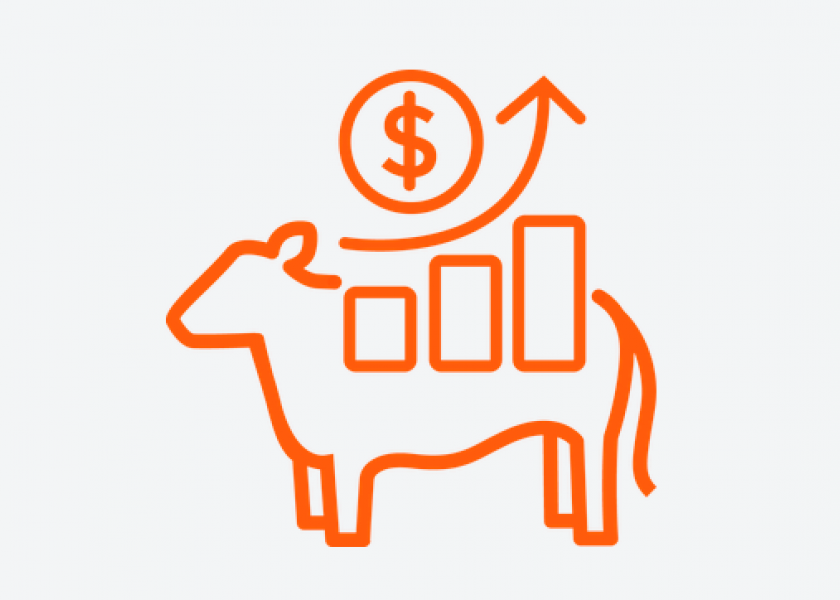One Implant, More Pounds

More pounds. More money. That’s the bottom line for South Dakota cattleman Tom Arnesen. The South Dakota cattleman’s goal is to market heavier cattle because he knows more pounds could mean more money in his pocket.
More than 20 years ago, Arnesen used an implant to help add pounds to his calves. But after unsuccessful results, he turned away from the product.
Times have changed. So has implant technology.
Arnesen was encouraged to give SYNOVEX® ONE GRASS a try after visiting with his local Zoetis representative. A long-acting implant, SYNOVEX ONE GRASS can help boost cattle performance for up to 200 days in grazing steers and heifers.
Once Arnesen gave it a try, he’s never looked back.
“We had a trial that first year; then it was lights out difference,” Arnesen explains.
Arnesen’s operation includes 400 commercial Angus cows that are bred to Hereford bulls, producing an F1 cross. Spring-born calves are implanted about a month prior to weaning, which typically takes place in October when the calves weigh 500 to 600 pounds.
“The implant just boosts their drive to eat,” Arnesen explains. “It starts working right away, and the calves start gaining. I think working the calves early and putting them back on their mother, kind of nursing them back to health, helps out.”
Once the calves are weaned and pulled off grass, Arnesen says they head to the feedlot and never slow down.
“They just go to work gaining pounds,” he says. “The pounds they gain are exceptional.”
When marketing time comes in January, calves weigh from 700 to 850 pounds, Arnesen says, adding that calf uniformity is a big benefit to using SYNOVEX ONE GRASS.
“Before we would have probably four to five cuts of steers instead of two to three now,” he says.
Another plus Arnesen sees with SYNOVEX ONE GRASS is less stress on the cattle because one trip through the chute is all that’s needed.
“The more times through the chute, the harder it is on the animal,” he explains. “This doesn’t stress them out. It’s just simple.”
Cattle buyers also like what they see in the cattle Arnesen produces.
“I have talked to a lot of finished feedlot operators, and they are very happy with the way the cattle perform,” he says. “The implant doesn’t make them too fleshy.”
More pounds. More money. Happy buyers. For cattleman Tom Arnesen, it’s simple math using SYNOVEX ONE GRASS long-acting implants.
“We’ve just stuck with it because it works,” Arnesen says. “I’ve been very happy with SYNOVEX ONE GRASS.”







